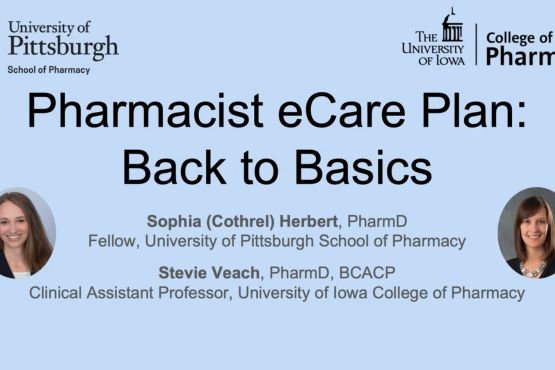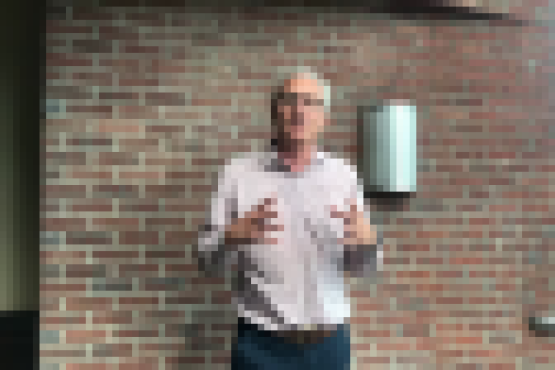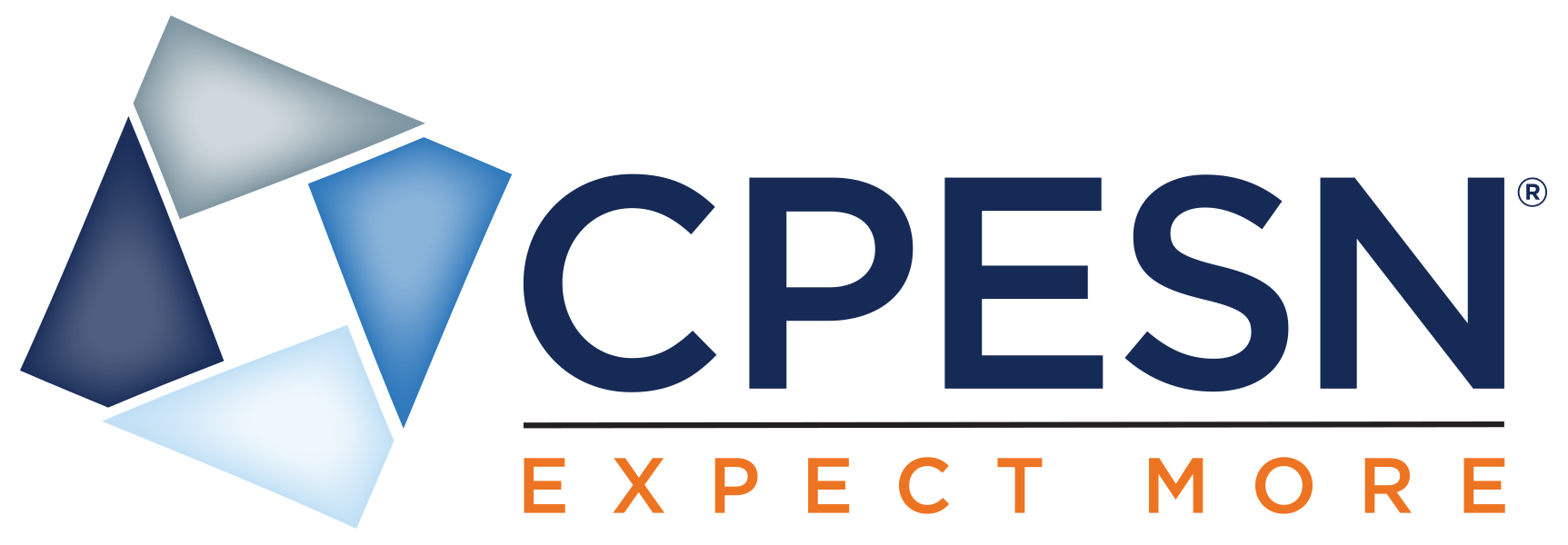Frequent Pharmacy Contacts
| Link to the Collaboration Site Log In (Pharmacy Locations, Network Leaders) | Collaboration Site |
| Questions regarding participation fees or payments | [email protected] |
| Inquiries regarding CIN Agreements | [email protected] |
| For information about CPESN USA Quality and Reporting | [email protected] |
| Participating Pharmacies uncertain of where to direct inquires | [email protected] |
| For more information about CPESN USA’s Value-Based Payer Programs | [email protected] |
| Pharmacies wanting to learn more about CPESN USA | [email protected] |
CPESN® Minimum Service Sets
The Minimum CPESN Network Service Set creates a single standard for enhanced services provision across all local CPESN networks and pharmacies participating in CPESN USA. Current Minimum CPESN Network Service Set (2021*):
*Local CPESN Networks do have the prerogative of having additional Minimum Service Requirements.
-
Comprehensive Medication Reviews
Offering a systematic assessment of medications, including prescription, over-the-counter, herbal medications and dietary supplements to identify medication-related problems, prioritize a list of medication therapy problems and create a patient-specific plan to resolve medication therapy problems working with the extended healthcare team.
-
Medication Synchronization Program
Aligning a patient’s routine medications to be filled at the same time each month. The pharmacists will provide clinical medication management and monitoring for progression toward desired therapeutic goals during the patient appointment at time of medication pick-up or delivery.
-
Immunizations
Screening patients for ACIP recommended immunizations, educate patients about needed immunizations and administer immunizations when appropriate.
-
Medication Reconciliation
Comparing a patient’s medication orders to all of the medications that the patient has been taking (active, chronic, as needed and OTC including herbal) to avoid medication errors. This service is especially important during transitions of care when patients are most vulnerable to medication errors or mishaps.
-
Personal Medication Record
Providing each patient a comprehensive list of current patient medications manually or from dispensing software.
-
Face-to-Face Access
Providing each patient receiving a dispensed medication from the participating pharmacy ready access to unscheduled face-to-face meeting(s) with a pharmacist employed by the participating CPESN pharmacy during operational hours. For pharmacies not staffing a pharmacist during operational hours, a non-pharmacist involved in the patient’s care must be available for the unscheduled face-to-face visit as well as a pharmacist via appropriate telecommunication methods upon request by the patient or the pharmacy staff-person who provides service in support of that pharmacy.
CPESN® Closed Door Long-Term Care Pharmacy Minimum Requirements
To uphold the quality of care provided within CPESN, a minimum standard has been established that includes ongoing interaction between patients and the pharmacy servicing them. This interaction should encompass regular consultations, check-ins, and opportunities for patients to seek guidance or clarification regarding their medications.
-
CPESN USA Minimum Requirements for Participation
- Conduct comprehensive medication reviews
- Provide medication synchronization
- Provide or screen for immunizations
- Conduct medication reconciliation
- Provide personal medication record
-
LTC Local Requirements
Pharmacy must have workforce member(s) that is locally available, employed by the pharmacy and is capable to deploy in the community to provide billable enhanced services (i.e. community vaccination clinic, health screenings, point-of-care testing)
- Use of mailing for delivery shall be limited to maximum of 10% of prescriptions filled via UPS, USPS, FedEx or similar. This does not include contracted courier services whereby workforce may be trained to execute trainings and other patient-related services.
- Pharmacy services no more than 10% of non-facility patients outside of 50-mile radius of registered pharmacy location. A waiver may be applicable in circumstances where a pharmacy is serving a population in rural areas.
- Pharmacy must be willing and capable to meet all CPESN Technology, Compliance, Quality Assurance Data Collection and Transmission Standards.
- Pharmacy must select a primary local network when joining CPESN
-
CMS Requirements
- Pharmacy must have a LTC NPI [CMS Requirement]
- Pharmacy must provide delivery of medications to patients [CMS Requirement]
- Pharmacy must offer adherence packaging services [CMS Requirement]
- Pharmacy must provide Transitions of Care Management: Support the needs of patients transitioning between levels of care by providing medication reconciliation and communicating with the patient and other health care team members [CMS Requirement]
- Pharmacy staff is available 24 hours a day, 7 days a week (as defined in CMS guidelines) [CMS Requirement]
- Pharmacy must provide or assist in providing patient with sterile compounding medications [CMS Requirement]
- Pharmacy must have capacity to provide IV medications to LTC resident as ordered by a qualified medical professional. [CMS Requirement]
Interested in our Introductory Webinar?
General Participation
-
Q. What is CPESN® USA?
CPESN USA is a clinically integrated, nationwide organization of pharmacy networks structured to advance community-based pharmacy practice. CPESN pharmacy providers collectively deliver health services to improve quality of care for patients in their local communities and to lower total cost of care. You can find CPESN pharmacies in 48 networks across 45 states plus the District of Columbia.
-
Q. What are the benefits of joining a CPESN Network?
By joining a CPESN Network, pharmacies will gain access to value-based payer programs and opportunities as well as learn best practices from a nationwide network of like-minded pharmacies focused on value-based care.
-
Q. How do I join?
Click here and complete the online form.
-
Q. How does CPESN USA help pharmacies secure payer contracts?
CPESN Networks and its member pharmacies have proven to reduce the overall healthcare costs for our payer partners. We work together with payers to develop contracts that recognize the value of local pharmacy services, including medication syncrhonization, immunizations, and chronic disease management.
Financial & Contractual Matters
-
Q: What is the cost for a pharmacy to participate in CPESN USA?
The participation fee is $125 per month, per location, regardless of the quantity of NPIs enrolled in CPESN USA at that location. This is a change from NPI-based fees that simplifies billing, aligns services used at the physical site, and ensures all CPESN pharmacies gain access to core tools like CPESN Business Intelligence and Pharmacy Care at Home.
Pharmacies with a single location with multiple NPIs should complete a “Declaration of a Single Location with Multiple NPIs” Jotform by July 1, 2025 to avoid charges for additional NPI enrolled in CPESN USA. Access the Declaration form here. Download the 2025 Participation Fee Change and Increased Services FAQ here.
Payment options include ACH bank draft and credit card. Changes in payment method may be made by emailing [email protected].
-
Q. What if a pharmacy misses a participation fee payment?
Pharmacies should contact CPESN USA immediately to resolve payment issues by emailing [email protected]. Failure to pay may result in suspension or removal from the network.
-
Q. Are there additional costs beyond the participation fee?
Some local networks may charge additional fees for membership, services, or technology solutions. Pharmacies should check with their local CPESN network for details.
-
Q. How do I terminate my participation in CPESN USA?
Participating pharmacy locations may initiate disenrollment from CPESN USA by completing a secure electronic form click here. Or the pharmacy may send notice to [email protected]. Refer to the Notices section of the CPESN USA Clinically Integrated Network Agreement for written notices.
Operations and Support
-
Q. What resources are available to help my pharmacy implement CPESN-required services?
CPESN Networks provide workflow integration tools and educational resources, like best practices and peer-developed Change Packages to help support pharmacies through their Practice Transformation journey.
-
Q. Can a pharmacy be part of multiple CPESN networks?
Yes, a pharmacy may participate in multiple CPESN networks if they meet the service and financial requirements of each network.
Quality & Reporting
-
Q. How does CPESN USA measure pharmacy performance?
CPESN evaluates performance based on service delivery, patient engagement, and payer-reported outcomes. Metrics may include medication adherence, comprehensive medication reviews completion percentage, and patient follow-up rates.
-
Q. What kind of data do pharmacies need to report?
Participating pharmacies may need to submit claims data, service documentation (in many cases via the Pharmacist e-Care Plan), and patient outcome reports as required by contracted payers and CPESN quality initiatives.
Growth & Future Opportunities
-
Q. How can my pharmacy increase its opportunities for enhanced services contracts?
Pharmacies that consistently deliver high-quality enhanced services, document outcomes effectively, and engage in CPESN practice transformation initiatives are more likely to be selected for payer contracts.
-
Q. What is CPESN USA's long-term strategy for community pharmacies?Based Contracts?
CPESN USA aims to expand payer and provider relationships, integrate pharmacy services into value-based care models, and position community pharmacies as essential healthcare providers beyond traditional dispensing.
Are you ready to join us?
CPESN-Approved Technology Solution Providers
NCPDP's Value-Based Care Subcommittee, under the direction of its Strategic Planning committee, recently published an Executive Summary on the background and adoption of the HL7/NCPDP Pharmacist eCare Plan. The Executive Summary was developed to provide education and guidance on how the Pharmacist eCare Plan can be utilized by healthcare stakeholders including providers, health systems, and health plans to support value-based care initiatives. The summary highlights CPESN USA's use of the Pharmacist eCare Plan as examples of its utility in pharmacists value expression. Download the Executive Summary here. Executive Summary Status of Adoption – HL7®/NCPDP Pharmacist eCare Plan
CPESN USA has supported the development of the Pharmacist eCare Plan since its inception in 2016. Download a chart of CPESN-approved Pharmacist eCare Plan Technology Service Providers currently working with CPESN pharmacies here. Comparison Chart of CPESN-approved Technology Solutions Provider with eCare Plan Functionality
Pharmacist eCare Plan Videos

What is eCare [plan] and why do I care?

Pharmacist eCare Plan

Reason #1 to Do eCare Plan

Reason #2 to Do eCare Plan

Reason #3 to Do eCare Plan




